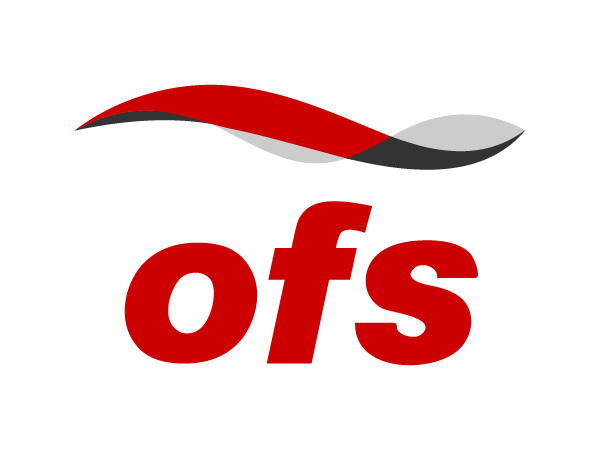Factory automation has existed since General Motors implemented their automation department in 1947. Since then, companies around the world have been saving time and money using various control systems to improve quality, accuracy and precision.
Today, caught in a wave of smart phones, mobile apps, digital maps, e-tickets, online registrations, and mobile banking, the “good ole days” of paper and snail-mail seem to have disappeared. With too much to do in too little time, a growing need for efficiency fuels our insatiable hunger for cutting-edge, dictating the wild rhythm of urgency and immediacy.
The first scientific efficiency standards for business were devised in the early 20th century by the legendary Frederick W. Taylor who devoted his life to creating and promoting principles of scientific management and addressing competition through unyielding efficiency and improved performance. Taylor was the one of the first management consultants to many prominent firms, including Bethlehem Steel Corporation, where he implemented production planning and performed real-time analysis of daily outputs and costs.[1]
Automation of equipment and real-time data-sharing ushered the next era of unlimited opportunity for improvements in manufacturing and industry. Combining electronics and switching in the 1960’s, manual production was increasingly automated through computerization and data-driven decision-making. In 1969, Odo Stuger, long-time Allen Bradley engineer, and Richard Morley, a pioneer in the fields of computer design, automation, and technology trend forecasting, invented the PLC (Programmable Logic Controller), forever advancing industrial automation and firmly embedding the idea of “Industrial Networking”.
Traditionally, factory networks were administered separately from enterprise networks. Enterprise networks include: email networks, data routing, internet and intranet servers, and more. In the past, they have communicated to each other via different protocols and therefore different types of routers and switches. The implementation of Ethernet across all network layers allows a fast, reliable, real-time communication of data, allowing for both managing and administration from bottom levels of the devices on the factory floor, all the way up to wireless networks in the Cloud.
The key advantage of an Ethernet solution is a higher bandwidth of the media caring the data from the factory floor up to manufacturing enterprise solution (MES) or Enterprise Resource Planning (EPR) layers of plant-area architecture. Typically, copper cables cannot carry as much data over the network. The GiHCS™ optical fiber solution from OFS answers the challenges of factory automation providing a robust, durable, high bandwidth multimode optical fiber cabling solution.
The factory floor often requires stability through varying harsh environments. Factory Automation OFS GiHCS optical fiber cables can withstand:
- widely fluctuating temperatures from -20 to +105˚C (-4 to + 221˚F)
- high vibration
- exposure to common industrial oils and chemicals
- exposure to severe electrical noise
- situations where time for connector training is minimal
- installations where technicians are not expert in fiber optics
Where time can often be wasted, the major advantage of the OFS GiHCS optical fiber cable solution is its quick and easy to learn field termination capabilities. Simple steps for field termination of the optical fiber breakout cables involve:
- Stripping the water blocked outer jacket material
- Crimping the connector directly onto the fiber optic coating for strong, solid connector retention.
- Cleaving in order to create an optical finish on the fiber, using the special precision cleave tool with a diamond blade. This crucial, but simple step creates a near perfect optical surface for low connector insertion loss. The cleaving step eliminates the tedious need to polish the fiber end-face.
Through this process, the messy adhesives or polishing equipment have been removed and the connectorized cable is ready to transmit at fast and gigabit Ethernet data rates. Just “Crimp, Cleave and Leave”. The use of OFS, GiHCS fiber optic cables on the factory floor can benefit your company by improving speed, and efficiency of your production line.
By, Michael Steinberg and Natasha Juhaz
[1] WGBH History Unit, “Frederick Winslow Taylor,” They Made America, PBS, http://www.pbs.org/wgbh/theymadeamerica/whomade/taylor_hi.html (accessed 2 August 2013)

